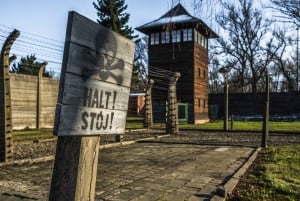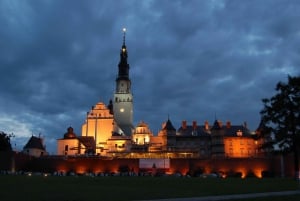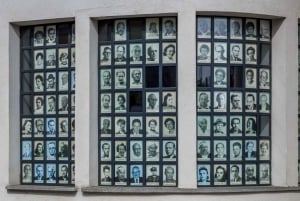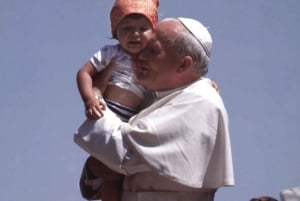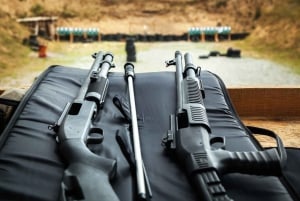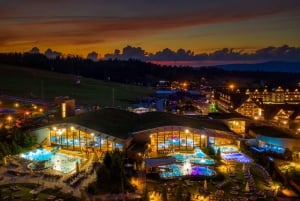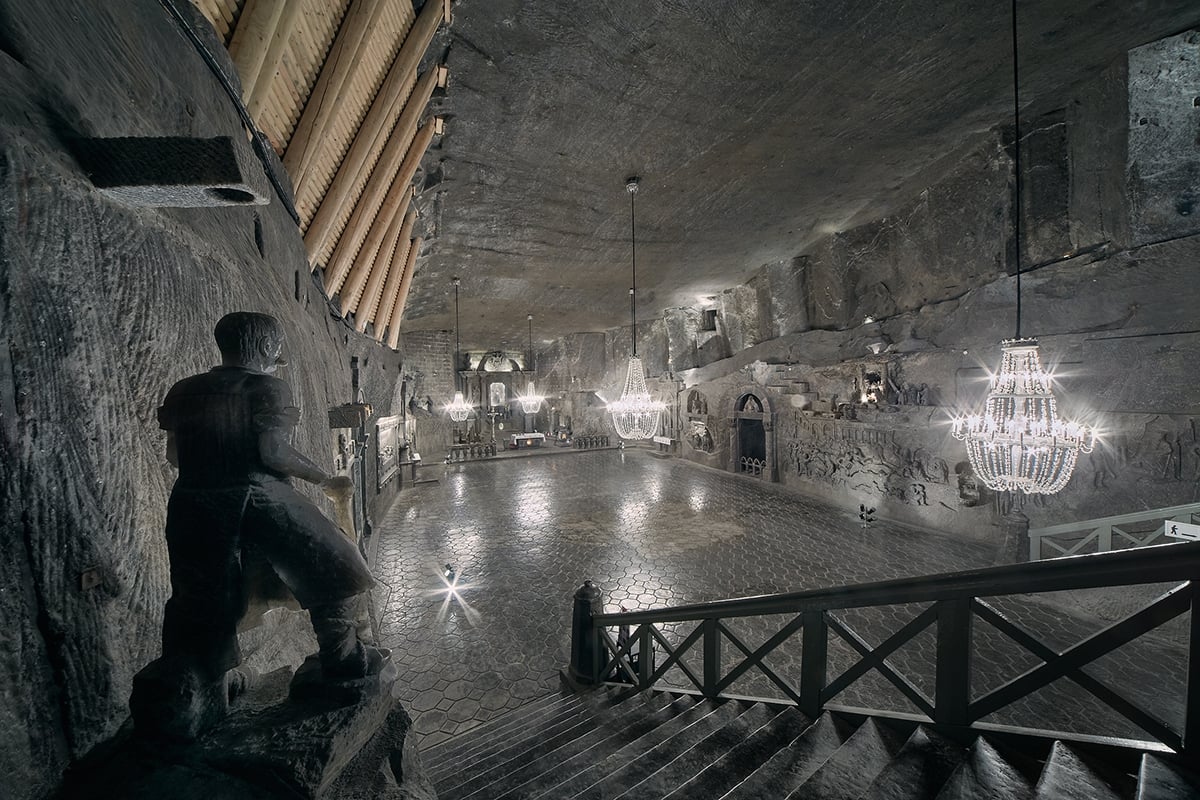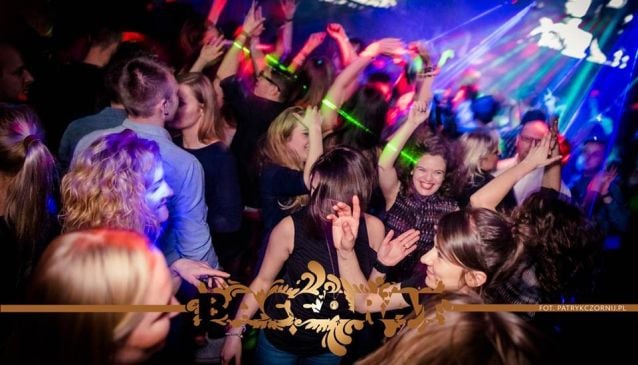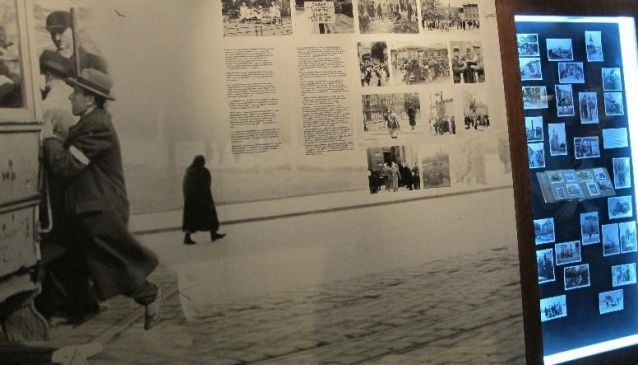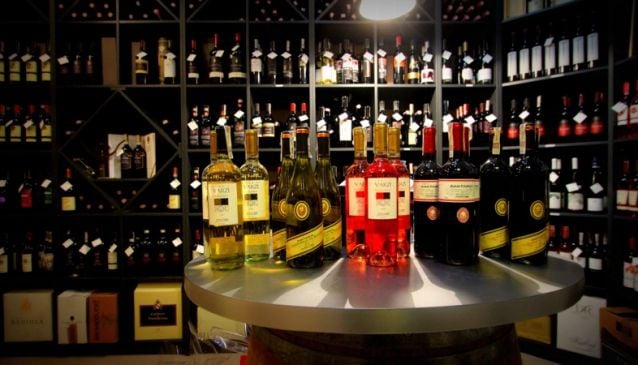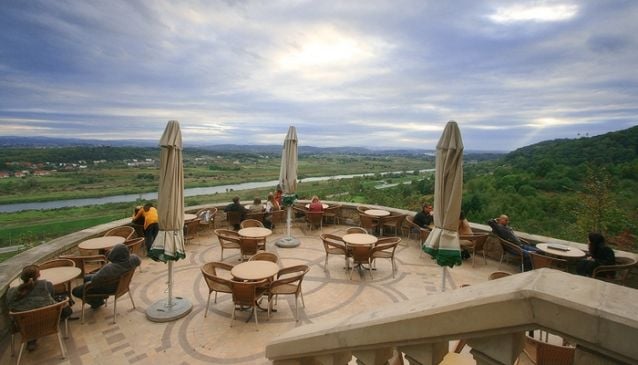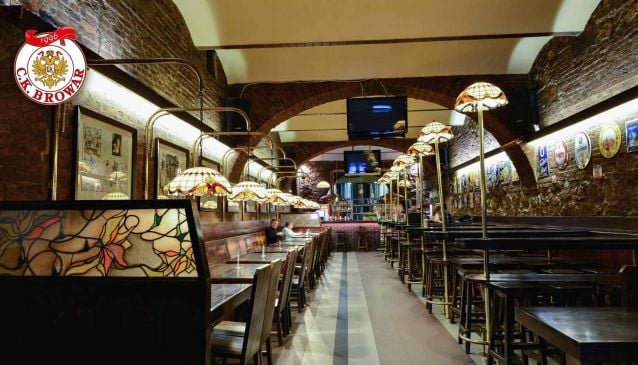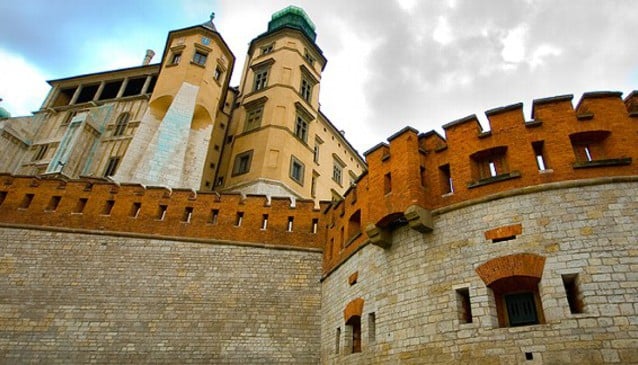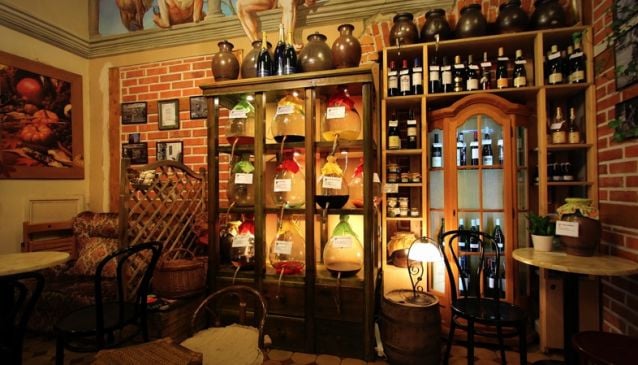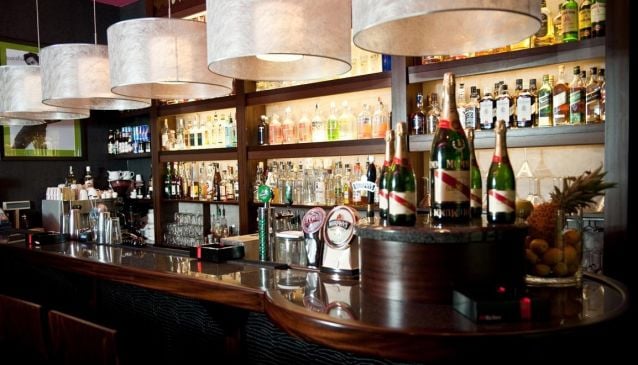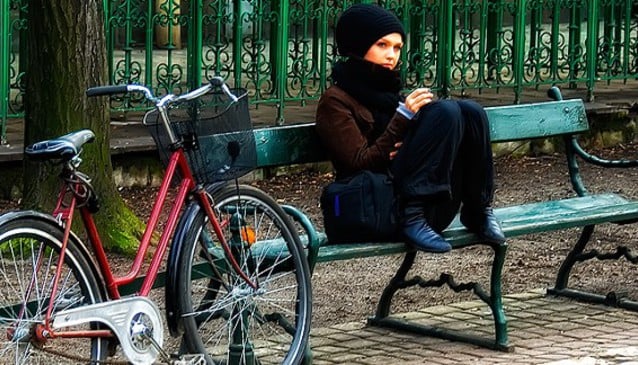Krakow Sights
| The Old Town
The historic Old Town, or Stare Miasto, is Krakow's central district and in medieval times was surrounded by a three kilometer long fortified wall. In the 19th century most of the fortifications were demolished and the surrounding moat filled in to create a horseshoe shaped park known as the Planty, which surrounds the entire Old Town. Directly to the south of Krakow's Old Town is Wawel Hill, where the Royal Castle and Krakow cathedral are to be found. The centerpiece of the Old Town is Krakow's Main Market Square, or Rynek, which is the largest such in Europe and has an area of 40,000 square meters. The centre of the square is dominated by the Cloth Hall, or Sukiennice, presently undergoing major renovations but normally home to the Gallery of the National Museum and numerous arts and crafts market stalls. From April to October, plentiful bars and restaurants provide extensive outdoor seating and opportunities to people-watch in the Rynek. Churches worthy of mention in the Old Town include St Mary's on the Rynek, with its twin asymmetrical towers - from the higher of which comes the Hejnal, Krakow's signature tune, played by volunteer trumpeters from Krakow's fire brigade on the hour, every hour; if you wave at him he will wave back. Inside St Mary's is the visually stunning 15th century altarpiece by Wit Stwosz, the largest of its kind in the world. St Adalbert's church, also on the Main Square, is one of Krakow's oldest, and its sunken appearance reveals how the surface of the Rynek has risen over the centuries. St Peter and St Paul's church on ul. Grodzka is a magnificent early Baroque masterpiece characterized by the statues of the twelve apostles lined up in front of it. The Franciscan Church on ul. Franciszkanska is a brick-built church originally dating from the 13th century but famous for its early 20th century art nouveau stained-glass windows, murals and tapestries by famed Polish artist, writer and architect Stanislaw Wyspianski. One way to see the Old Town is take the famous "Royal Route" starting from Florianska Gate (now the only surviving part of the old city wall) at the top of ul. Florianska. Walk down Florianska towards the Main Square continuing straight on towards ul. Grodzka and then finally to Wawel Hill and the Royal Castle. A short walk from Wawel down ul. Stradomska brings you to the edge of Kazimierz district. |
| Kazimierz
Originally Krakow's Jewish Quarter, Kazimierz was for centuries where Catholics and Jews existed peacefully side-by-side, having a noticeably different architectural character than the main city. Jewish people first started arriving here in the 14th century, living in a separate are known as 'Jewish Town' up until the 19th century when Kazimierz was incorporated into the surrounding district of Stradom. Jews took part in the town's extension as investors, architects and building contractors. The social infrastructure living here was the natural basis for numerous institutions and organizations, including political parties and cultural, charitable, artistic and sports associations. Following the disappearance of virtually all the Jewish population in the Second World War and its aftermath, Kazimierz fell into something of a decline, and it wasn't until the mid 1990s that the area started to be revitalized. Kazimierz has two main focal points: ul. Szeroka, a wide and long cobbled street featuring the Old Synagogue at one end and numerous restaurants along it; and Plac Nowy, a small square with a flea market, numerous bars and cafes and a bustling nightlife. Connecting these two hubs are networks of small streets containing a huge variety of places to eat, drink and talk. Kazimierz is enormously popular with Krakow's residents as well as visitors and tourists, and its Annual Festival of Jewish Culture is visited by thousands of tourists from around the world. |
|
Podgorze
Across the Vistula from Kazimierz lies the district of Podgorze, now fully integrated into the city of Krakow. Featuring a fine triangular market "square" and a number of interesting churches, Podgorze is perhaps most famous now for being the location of Krakow's Jewish ghetto, established in 1941 and cramming 15,000 Jews into an area previously housing 3,000. It was here in Podgorze that German industrialist Oskar Schindler had his famous factory (currently being renovated and made into a museum) and large parts of Steven Spielberg's film "Schindler's List" were filmed here. In addition there are a number of other interesting locations: Kopiec Krakusa (the Mound of Krak), allegedly the burial place of Krakow's founder King Krak and probably dating from the 7th century; the tiny and ancient St Benedict's Church on Lasota Hill; Starmach Gallery on ul. Wegierska, which is Poland's biggest private art gallery, holding regular exhibitions of contemporary art; and Liban Quarry, an abandoned quarry that, left to its own devices has become an area teeming with wildlife and waterfowl and also contains remnants of the set for Steven Spielberg's movie concentration camp. |
| Nowa Huta
Nowa Huta, or New Steelworks, is Krakow's newest borough and Stalin's gift to the people of Krakow. Although the area had been populated since Neolithic times, and there are some beautiful monasteries and churches remaining in the outlying villages, it is the Socialist Realist new town that now grabs the lion's share of tourist attention. Started in 1949, the plan was to create a massive steel mill and alongside a town to accommodate the workers, whose design would adhere to the Socialist Realist architectural principles very much in vogue in the Soviet Bloc. In addition, details appropriated from Renaissance architecture were to be included, as it was felt this better reflected Poland's own architectural tradition. In fact the final result would be a mixture of Renaissance, Baroque and Classic styles, with later buildings coming more to embrace Modernism. For many, Nowa Huta can be seen as a place that encapsulates Poland's time under communist rule, and to this extent it is a living museum to that era. Nowa Huta is a short tram ride from Krakow city centre, and a natural alighting point is Plac Centralny, renamed Plac Ronald Reagan to somewhat mixed feelings in 2004. From this large grassy square, five main thoroughfares spread out in a fan shape. To the east lie the vast steelworks, now owned by Mittal Steel and employing but a fraction (albeit more efficiently) of the huge workforce that made Nowa Huta Poland's biggest steel mill. A large part of the population was imported wholesale from former Polish territories in what is now modern Ukraine and, post-communism, there was high unemployment with its contingent problems. Nevertheless recent years have seen something of a revival, whether it be the town's increasing attraction to artistic and cultural types, the popularity of the various 'communism' tours or the various theatrical and musical events - in particular the annual 'Sacrum Profanum' festival, which draws ever greater numbers with each passing year, thanks to its bold programming of both early and baroque music as well as cutting edge contemporary and electronic music. |



